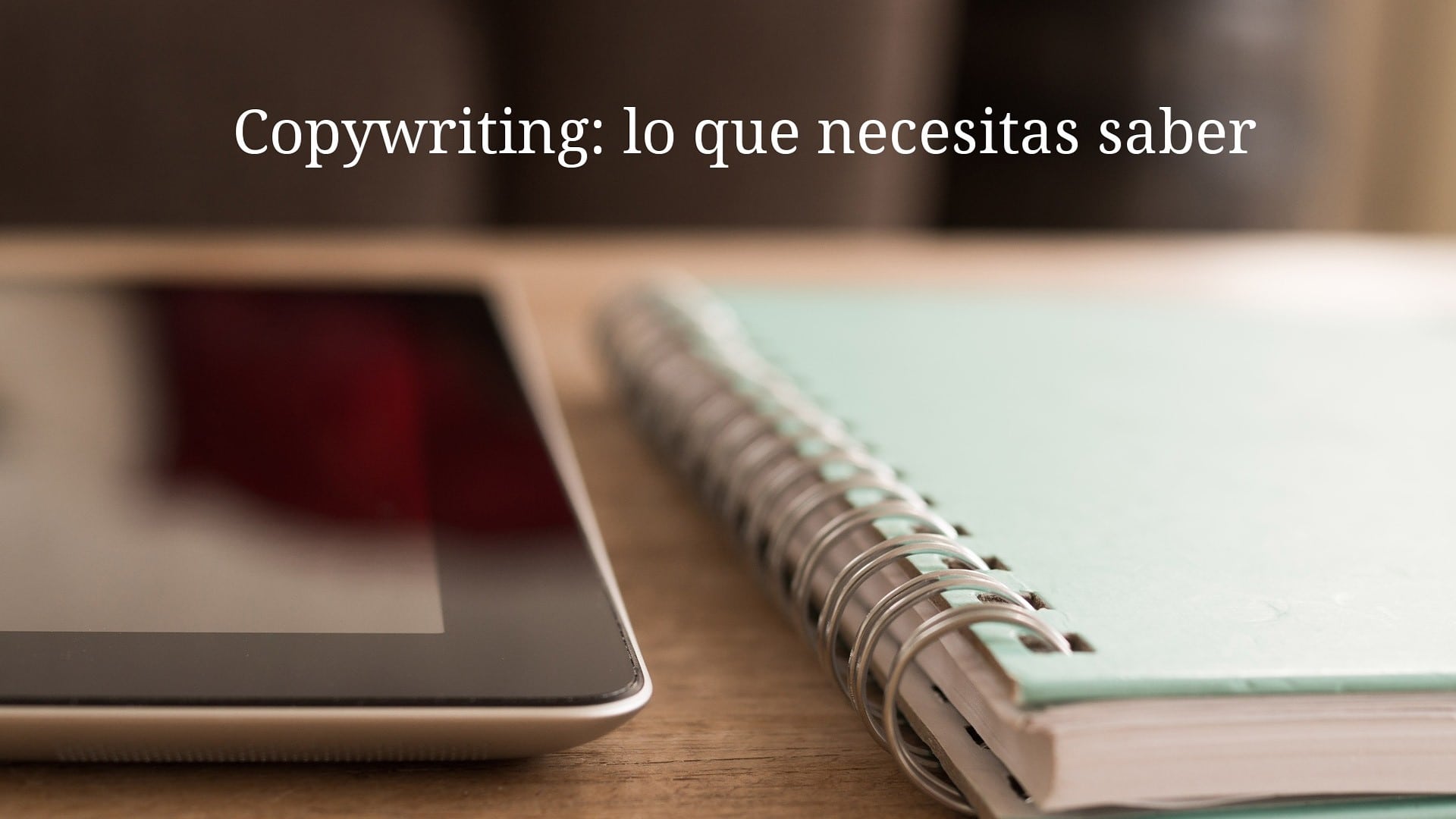This is relatively easy to remedy. Create a routine, a strategy. If tWe have routines that we follow in the gym all the more reason to create a routine with which we can achieve our long-term goals. ‘Routine’ is not synonymous with ‘boring’ when we see our efforts paying off. This motivates us to continue. And to create a routine, a strategy, we need two things: brainstorming and planning.
To get a strong and effective text you have to keep in mind some keys when writing. We help you!
Brainstorming
Surely it is not the first time you hear this concept. It may not even be the first time you do it. But this ‘brainstorming’, while following the same principle of pooling ideas, is somewhat different.
{{cta(‘bb2971b9-bf36-4c36-8edc-75223dba5208’)}}
1. Define your story, don’t depend on inspiration.
If you’re lucky enough to find inspiration for a post in everything you read, let us tell you that this post is not for you. For the rest of humans, it is important to take into account several aspects:
- The long-term objective of your company.
- The values it wants to and can transmit.
- The strengths that make it competent.
Considering these aspects will help you define the story of your business, a story that should guide you in the second step.
2. Think that everything has a purpose.
Before even thinking about topics and formats, you have to think about who you should create content for and what their purpose should be. These are just a few, but there are more:
- Traffic
- Engagement
- Conversion
- Recognition
- Feedback
In general, steering posts in one direction can help you write when inspiration is lacking. Follow the routine and there is less time left.
3. Add the keywords as who incorporates the weights.
It is said that if you want to gain muscle you should include weight in your routine, right? Think of the keywords as in the weight of your publication. You can do a routine without them, but in the end what you want is to have more strength. These keywords (by which the engines index you and users search for you) can help you not only to get more ideas, but also to measure results once you have created the publication.
And now is when the brainstorming traditional. You and your team know your customers and the way they talk. Use their language when listing the keywords and themes that follow a purpose, while being related to your company’s values, strengths and long-term objective.
Planning
It is necessary to be orderly. There is no point in having ideas and writing content when there is no organization. When it comes to publishing, there is nothing better than planning.
1. Avoid content audits.
The only way to avoid content audits is to be methodical from the start. Yes, it’s a bit of a hassle to create your content database, but believe us when we say that in the long run it’s going to be one of the best things you do for your company.
Over time, we forget what we wrote a year ago. The content, if we review it, can still be useful. But when you have already generated enough publications, you may not remember what was once one of your best. posts.
For this reason, we recommend that you index not only the title of the publication, but also the keyword and the theme, as well as the evolution of that content based on the purpose you set. There is work here too.
2. The content mapping will save you.
Once you know the content you have and you know the content you are going to create, it is time to do a mapping. Content mapping is the creation of content campaigns and involves the categorization of the keywords selected. This will help you create content for your target audience based on where they are in the buying cycle.
Essentially, it is a matter of deciding on the campaigns to be carried out according to the potential customer and defining the keywords that will go through each stage of your buying cycle. It is a commitment:
- Decide which will be the most important campaigns you want to work with.
- Define the total number of publications to be made for each campaign.
- Categorize the keywords selected in each stage of each campaign.
3. Create a calendar. Get a head start.
Planning ahead avoids last minute problems. Once we have our list of keywords We can distribute them in our publication calendar, according to the periodicity that best suits our business. This ensures adequate and constant content circulation. Something that undoubtedly gives us security.
Think also that content can be recycled and that you can re-share something you have done before. Always keep in mind dates that are relevant to your company, as well as dates that matter to your target audience.

The more the better
The best texts you can find are always going to have a great deal of prior research. Research is not only important because it will allow you to play more with the content of the information, but it will also prevent you from blocking yourself.
Try a personal and relaxed style while still being yourself. As in a you-to-you, you have to think about how you’re going to talk to your target audience. It’s not a thesis!… so you have to make an effort to make it interesting.
It is always a good idea to emphasize what the benefits are and mentioning the most important idea several times is essential for the audience to grasp it. This one is usually the most persuasive, so use it!
Again, to get interest you could make your text more visually appealing. We know that content is what matters, but it never hurts to engage the audience through the eyes.
Content is not a thing, but a story
Think of yourself as a storyteller. Users love stories they can relate to and trust. Think about meeting their needs and how your story will enable them to meet those needs. You’ll get their attention, for sure!
For that reason, the content must be simple and the message clear, so that your audience understands what you offer them, what makes you different and, of course, the benefits they can get. That will help you connect with them and get them to trust you.
So don’t be a smart ass. Make your content engage your audience, with a purpose behind each paragraph. Appeal to emotions and take wishes into account. Make use of imagery, to make it easier for them to understand the benefits.
When we write, sometimes we want to write the heading or title first. Don’t get ahead of yourself! If it doesn’t come up, wait to finish your story. Use the strongest, most emotional phrase that sums it up, but not the most complex.

The must…
It is obvious that a must is to always tell the truth and not to underestimate your audience. But it doesn’t mean that the content has to be boring either. Add real examples and build your credibility using reliable data and success stories.
Sometimes you have to break the rules to get something different and even extraordinary. You don’t have to be stuck between old-fashioned standards, but you have to open your mind. Experiment!
Includes a strong
Call to action
at the end. Encourage your audience to do what you say, or they won’t do it on their own. Every piece you write should end like this.
And of course, you need to dedicate enough time to your story. In general, we are easily distracted and this is what blocks us. Discover the best way for you to avoid interruptions and relax. The more information you gather, the more interest and effort you put into the content you want to turn into an interesting story, the better the story will be. Hopefully this will help you move past the blocks, as you now know what you need to write your own piece.
No more excuses… what are you waiting for to get started?

